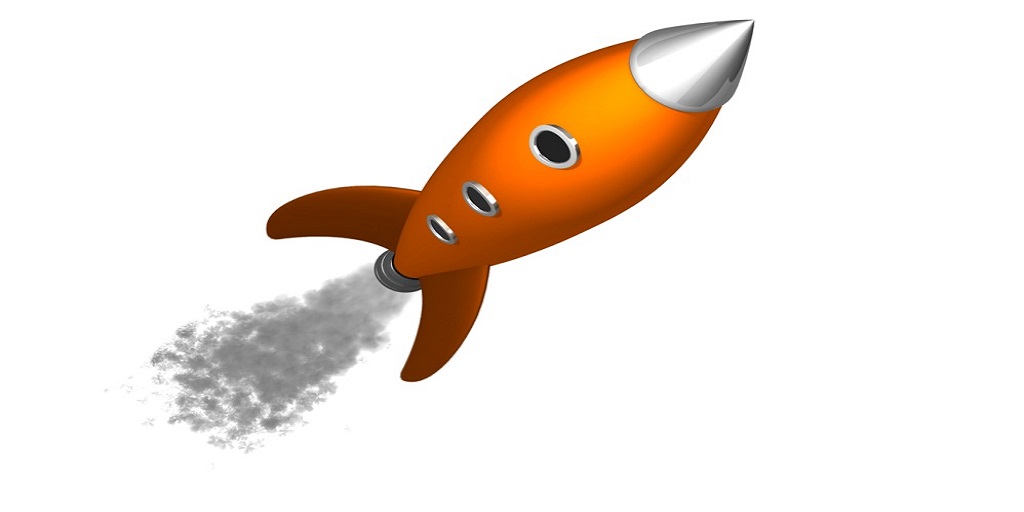The Provisional Patent Application
What Inventors Need to Know…
Inventors often ask me “can I get a provisional patent?” But there is no such thing as a “Provisional patent.” A provisional patent application is a patent application that is used by a patent applicant to secure a filing date. A provisional patent application never matures into a patent. And there is no patent protection until a non-provisional application is allowed and issued as a patent. In order to maintain the filing date, a non-provisional patent application must be filed within the 12 month period starting from the filing date of the provisional patent application.
One of the most important things that an inventor should be aware of is that the disclosure of an invention in a provisional application should be as complete as possible because the claimed subject matter in the later-filed non-provisional application must have support in the provisional application in order for the applicant to obtain the benefit of the filing date of the provisional application.
The bottom line is if new matter is not disclosed in the provisional application, then the new matter will only get the benefit of the later filing date, which defeats the purpose of having filed the provisional application in the first place.
Independent inventors and startups focus too much on the “costs less” part while missing the bigger picture. People think that a provisional application can be quickly filed because the rules don’t require all the formalities of a non-provisional application. While this may be true, if the disclosure of the invention is not the same in the provisional application as it is in the later filed non-provisional, the filing date will be lost.
The rule for DETERMINING THE EFFECTIVE FILING DATE OF THE APPLICATION is:
(D) If the application properly claims benefit under 35 U.S.C. 119(e) to a provisional application, the effective filing date is the filing date of the provisional application for any claims which are fully supported under the first paragraph of 35 U.S.C. 112 by the provisional application.
An inventor can still file a non-provisional application that claims priority to any provisional application, but with a weak provisional as the foundation there will likely have to be plenty of new matter added to the non-provisional application. Adding, subtracting, modifying parts, or changing the structure or operation of the parts would all qualify as not fully supported changes. An inventor will not be able to rely on the filing date of a weak provisional patent application for these new disclosures.
I believe that a strong provisional application should be prepared so as to look and feel exactly like non-provisional application so that the only thing a patent practitioner needs to add are the claims. If the non-provisional patent application is filed with the same disclosure as the provisional patent application the filing date is preserved. This will become even more important if the Patent Reform Act of 2010 is ratified and the first inventor to file system is enacted.
Here are a few basic points regarding a provisional patent application:
- Provisional applications provide an early effective filing date and a one-year extension as to the filing of a U.S. non-provisional patent application (35 U.S.C. 119; Benefit of earlier filing date; right of priority)
- In order to retain the priority benefit of the provisional patent application, a regular U.S. patent application and any foreign counterpart applications must be filed within one year of the provisional patent application and must claim priority based on the provisional patent application or the provisional patent application will become abandoned
- The foreign patent application may include national, regional (e.g., European), or Patent Cooperation Treaty (PCT) patent applications
- Provisional applications can be filed without any formal patent claims, oath or declaration, or any information disclosure (prior art) statement
- Provisional applications have a lower initial cost with one full year to assess the invention’s commercial potential before committing to the higher cost of filing and prosecuting a non-provisional application for patent
- The 12-month pendency for a provisional application is not counted toward the 20-year term of a patent granted on a subsequently filed non-provisional application which relies on the filing date of the provisional application.
The USPTO recently posted an article in the InventorsEye April Newsletter answering basic questions about a provisional patent application. The newsletter also provides a checklist of some facts the USPTO deems important:
- A provisional patent application expires after one year;
- A provisional patent application cannot be extended;
- A provisional patent application cannot be renewed;
- A provisional patent application will never become a patent;
- Provisional applications may not be filed for design inventions;
- The USPTO does NOT examine provisional patent applications on their merits.;
- The USPTO does not conduct a prior art search on provisional patent applications;
- The USPTO does review provisional patent applications to make sure they meet minimum filing requirements;
- A provisional patent application is not published by the USPTO (unless claimed as priority in a later-issued or published non-provisional application); and
- The term “patent pending” can be used by the inventor for the duration of the one-year pendency of a provisional patent application.




April 22, 2010 @ 1:32 pm
I agree with you that it is important to draft provisional applications to look like nonprovisional applications. In fact, I would go further than you and suggest that a provisional application should include one or more claims if possible, even though that is not required.
Including at least some broad claims makes sure you have the language in your provisional application that you will want to use when you file your nonprovisional, making the support for your claims more explicit. It also may help support foreign filings.
That said, I think you should be more clear that you CAN include additional subject matter in your nonprovisional application. In fact, in my experience that almost always happens.
You just have to be careful to segregate that subject matter in the claims, because priority is determined on a claim by claim basis. So some of your claims may be supported by the earlier provisional and will get the earlier date, while other claims that are not will get the later nonprovisional filing date.
April 22, 2010 @ 1:59 pm
Thank you Clifford for your comments.
A common belief is that you can save time writing provisional patent applications by omitting the claims. While it is true that claims are not required for a provisional patent application, I believe that it is not possible to write an effective patent specification without writing claims.
And it is true that some foreign countries will not recognize the provisional as a priority document if it does not contain claims.
You’re probably right about this information getting lost in the body of my text:
“If the new matter is not disclosed in the provisional application, then the new matter will only get the benefit of the later filing date, which defeats the purpose of having filed the provisional application in the first place.”
So, yes you CAN add information in the nonprovisional application but it will not receive the filing date from the earlier filed provisional patent application.
April 22, 2010 @ 8:59 pm
Well done! You echo my thinking on provisionals.